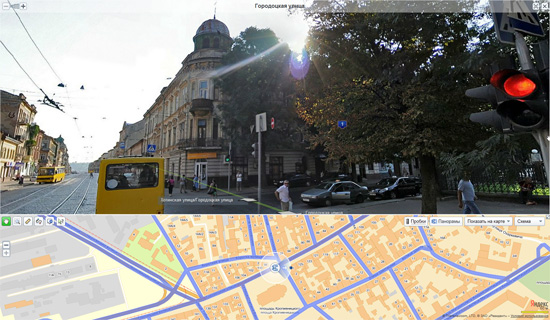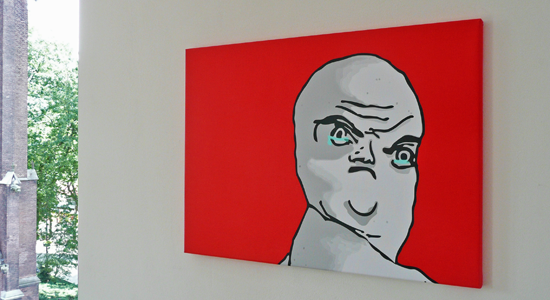Californian Ideology and Web 2.0
Californian Ideology 2.0. Analysis of the Californian Ideology in Web 2.0 on Two of Three Levels: Ideology and Elitists.
This paper will focus and compare the Californian Ideology 1.0 and 2.0 on two levels, combining ideological background and closely connected elitists and entrepreneurship in web 2.0, creating a lineage between historic and current developments. In this lineage the elite and related ventures are to serve as the connecting thread. The economy and markets is a third related level but is a different and extended stretch and is therefore not included in the paper. The element of markets would explain where companies focus their attention on the web 2.0, models of the ‘free’ and, directly related, models of capital.
Where the internet and greater new technologies before have military origin, nowadays technologies and implementation are developed and financed by private companies and organizations. Even the backbone of the internet has become privatized, as part of its protocol, DNS, is now largely accessed by going through private parties such as Verisign, the administer of .com and .net TLDs. This was formerly a responsibility of the United States Department of Defense. Completing the demilitarizing process, GPS is going to get a European counterpart Galileo, this time not backed by military ascendancy but by civil initiative. These changes a quite significant as practically all communication and location technologies are now part of the open market or at least openly available. It is in this light the ideology and further development of web 2.0 takes place and I will therefore take a moment to retrace the ideology of the web based on the work of Turner (2006) and Barbrook (1995, 2007).[....]


Blog Comments